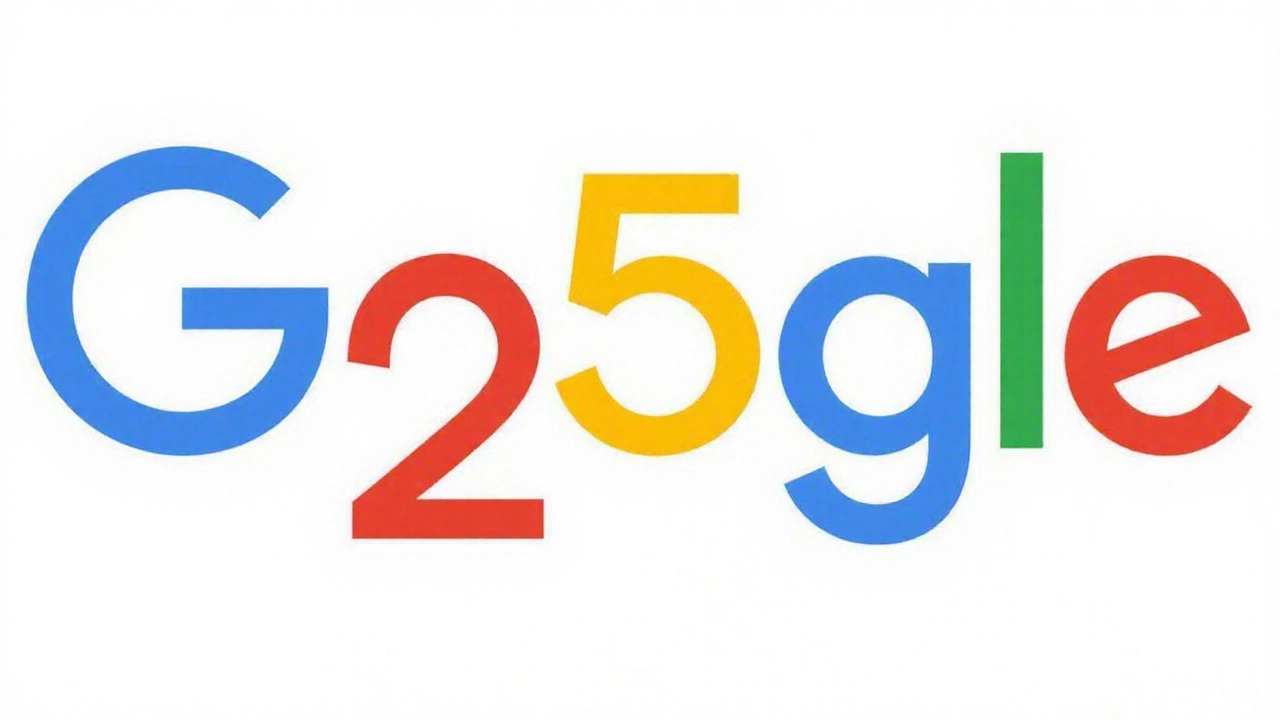Search Engine History: How We Got From Simple Lists to AI Powerhouses
Ever wonder why typing a query feels so instant? It didn’t always work that way. The first search tools were just catalogs—think phone books for the web. In the early ’90s, sites like Archie and Veronica pulled file names from FTP servers, giving users a way to find stuff without opening every folder.
From Directories to Algorithms
By the mid‑1990s, people wanted more than just file names. Yahoo! launched a human‑curated directory, grouping sites into categories like "News" or "Sports." It was useful, but it relied on editors to keep things up‑to‑date. Meanwhile, a team at Stanford built a program called Backrub that looked at how pages linked to each other. They realized that a page with many inbound links was probably important. That idea became the core of Google’s PageRank.
When Google entered the scene in 1998, it combined the link‑analysis insight with a clean, fast interface. Users could type anything and get relevant results in seconds. Google’s crawler kept scanning the web, indexing new pages faster than anyone else. This speed and relevance made Google the go‑to search engine within a few years.
Major Milestones That Shaped Search
In 2004, Google introduced personalized search, using your location and past clicks to fine‑tune results. Around the same time, Bing entered the market, focusing on visual search and integrating with Microsoft services. Mobile search took off after the iPhone launch in 2007—people started searching on the go, forcing engines to prioritize speed and mobile‑friendly sites.
Later, AI and machine learning entered the picture. Google’s RankBrain in 2015 used neural networks to understand ambiguous queries better. By 2023, large language models could generate answers directly, turning search into a conversational experience. These advances mean you get more accurate results with fewer clicks.
Why does this history matter to you? Knowing how search engines rank content helps you craft better web pages. If you understand that quality backlinks still matter, you can focus on earning them. Recognizing the shift to mobile and voice search tells you to keep your site fast and use natural language in your copy.
Want a quick way to see how search has evolved for a specific term? Use the Wayback Machine. It shows you what Google’s results looked like years ago, letting you spot trends and gaps. You can also check Google Trends to see how interest in a topic rises or falls over time.
In short, search engine history isn’t just a tech story; it’s a roadmap for anyone who wants to be found online. From catalog lists to AI assistants, each step added a layer of speed, relevance, and user focus. Keep an eye on where the next upgrade heads—maybe more visual or voice‑first experiences—and you’ll stay ahead of the curve.
Google 25th Anniversary: How a Garage Startup Became the World’s Biggest Search Engine
Google marked its 25th anniversary with a new animated Doodle and a look back at its garage‑origin story. The article walks through the company’s early days, its explosive growth to billions of daily searches, and the AI‑focused plans shaping the next quarter‑century.
